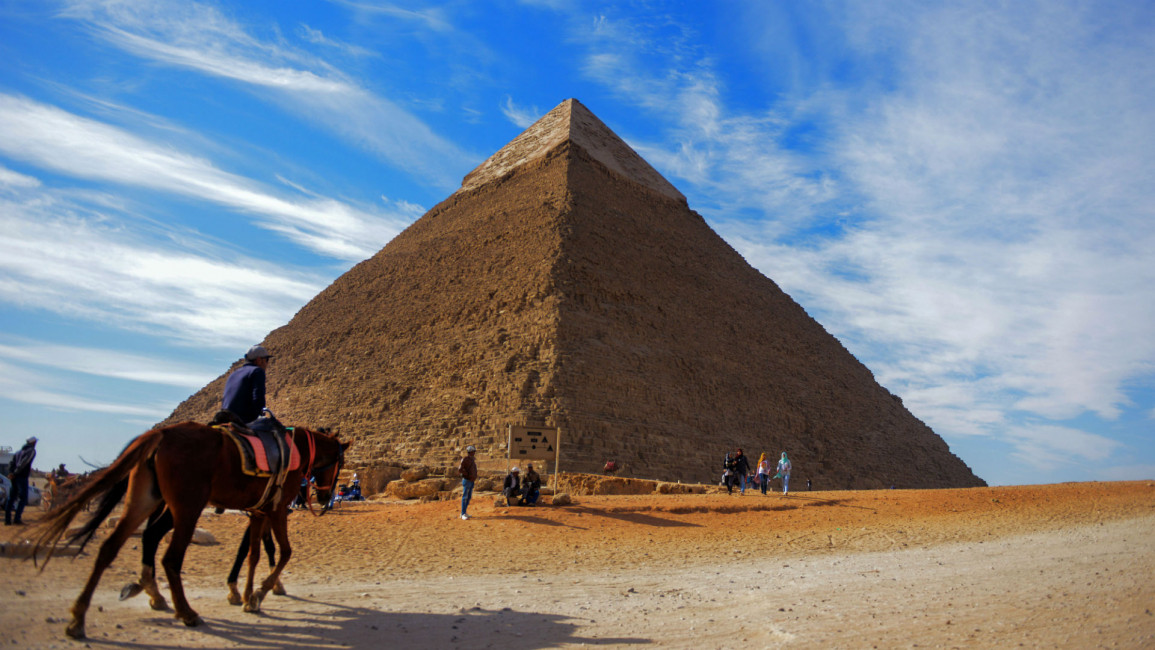Middle East tourism slump boosted by Russian and Chinese visitors
Tourism in the Middle East was boosted last year by record numbers of Chinese and Russian tourists following a slump in 2016 after Europeans were driven away by security fears, according to the World Tourism Organisation (WTO).
In 2017, the Middle East region drew 58 million foreign tourists, a 4.8 percent rise on the previous year, the Madrid-based WTO said in its latest figures.
Terrorist attacks in Egypt, Tunisia and Turkey in recent years have hit the tourism industry particularly hard.
"Over time, people forget and return," said Jalel Gasmi, head of Granada Travel Services, a tour operator attending the Fitur international tourism gathering in the Spanish capital.
Despite the annual rise, Marcus Lee, heading the Welcome China agency, said the sector could not rest on its laurels.
For Chinese visitors, security "is the first thing they ask about" beyond visa regulations and often poor flight connections in the Middle East, said Lee.
Security concerns aside, Lee said rising purchasing power means the Chinese tourist takes a different approach compared to 20 years ago when, "for example ... coming to Europe they wanted to see ten countries in ten days.
"That's no longer the case and we are concentrating on one country over ten days," said Lee.
Tourism soars in Egypt
Even as tourism numbers from Europe dipped, Egypt saw a 55 percent rise in tourists last year with Chinese visitors and those from neighbouring countries taking their place.
Visitor profiles have changed dramatically since Abdel Fattah al-Sisi came to power in a 2013 military coup, and especially since the 2011 overthrow of long-time Hosni Mubarak.
Before then, "the European market, including Russia, accounted for almost 80 percent (of tourists) but now, 52 percent", said Hesham El Demeiry, head of the Egyptian tourist authority.
He added that Chinese and Indian visitors rose from 5 to 12 percent while tourists from Egypt's neighbours doubled their share from 15 to 30 percent.
After a fallout from the July 2016 coup, which saw visitor numbers slide by a third, Turkey saw a similar rise last year.
Ankara is out to keep on attracting more visitors from Russia, whose tourists poured in during 2017, as well as neighbours including Iran and Ukraine.
The downside, according to Turkish tour operator Ahmet Okay, is that the newcomers are likely to spend fewer tourist dollars than their EU or US counterparts.
Tunisia is also on the way back thanks to a surge in Russian and Chinese visitors with a 23 percent rise in visitors last year over 2016.



